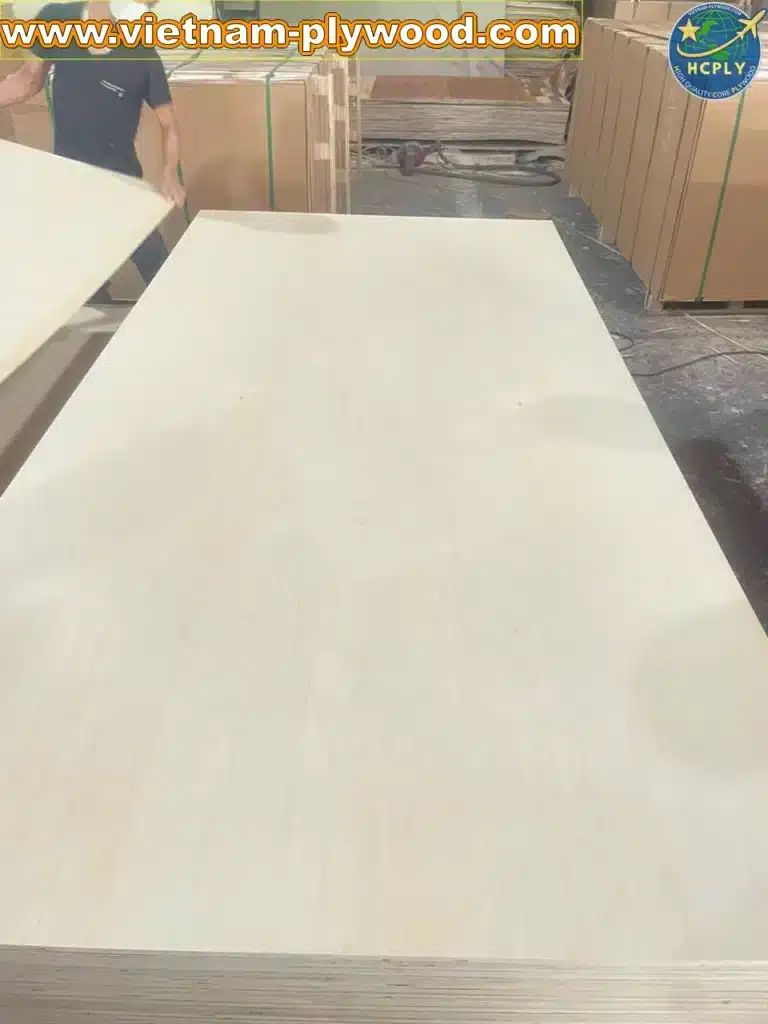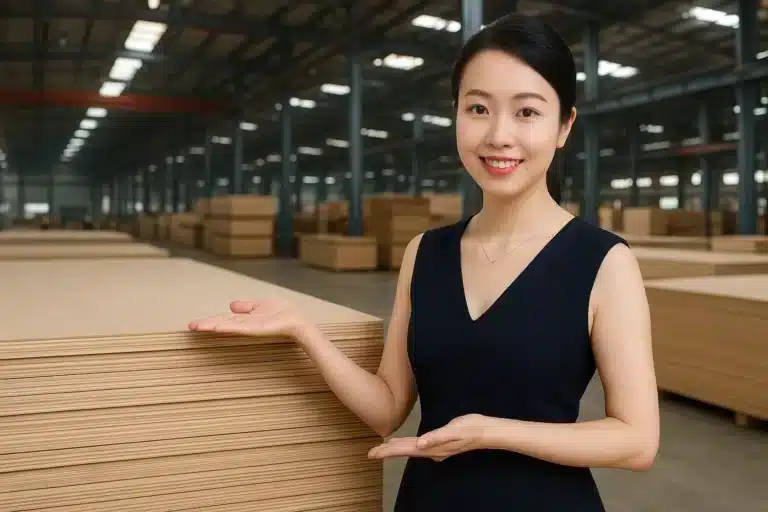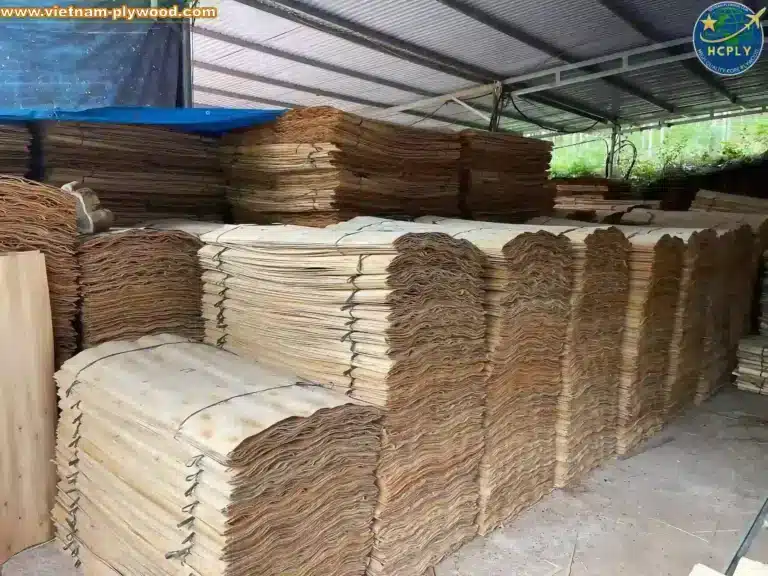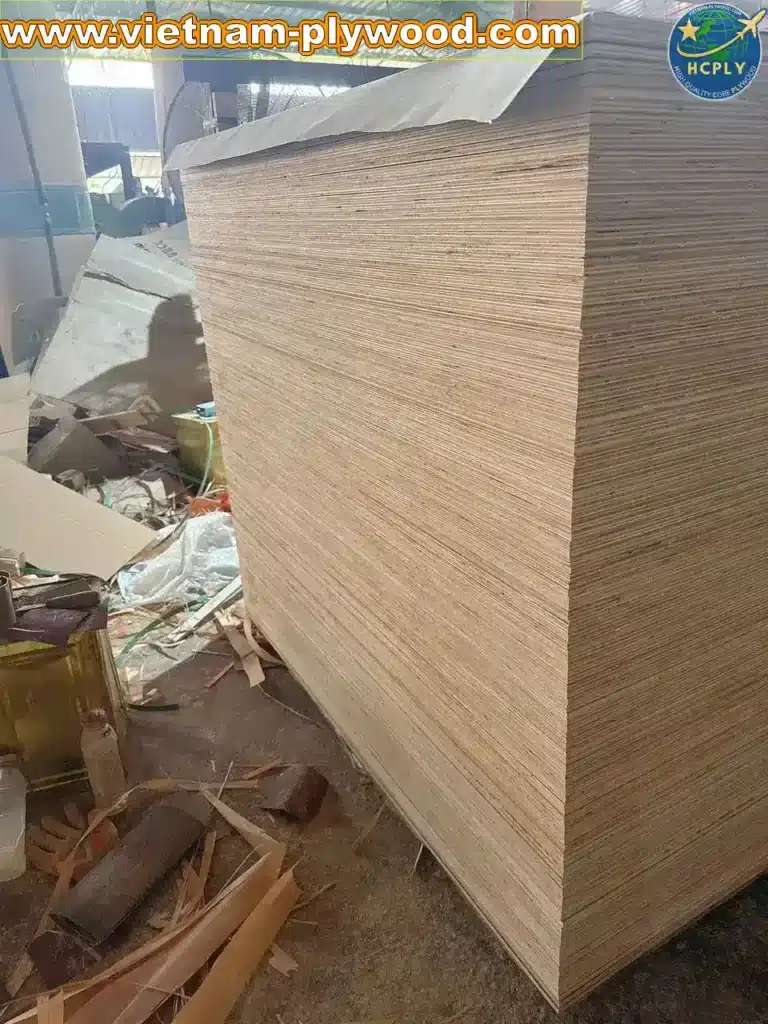Understanding Thickness Tolerance in Vietnam Plywood


📏 Vietnam Plywood Thickness Tolerance – The Complete Buyer’s & Exporter’s Guide
🏆 1. Opening Insight – Why Thickness Tolerance Matters
In the international plywood trade, particularly for Vietnam plywood exports, thickness tolerance is one of the first quality metrics buyers examine. It’s not just a number on a specification sheet — it’s a direct indicator of manufacturing precision, production discipline, and quality control consistency.
When a plywood panel’s actual thickness is outside the agreed tolerance, it can trigger multiple issues:
- 📐 Poor fitting in assembly – Panels may not align with grooves or frames.
- 🏗 Structural concerns – Load-bearing capacity may be compromised.
- 🪵 Lamination challenges – Uneven thickness creates weak glue lines in post-processing.
- 📜 Non-compliance – Risk of failing EN, ISO, or JAS inspections for regulated markets.
For large-scale projects such as commercial interiors, shipbuilding, and prefabricated housing, even a 0.3mm deviation can cascade into costly delays, rework, and potential client dissatisfaction.
🎯 2. International Standards and Vietnam’s Position
Vietnam’s plywood industry follows thickness tolerance guidelines closely aligned with:
- ISO 2426-2 (Plywood – Classification by surface appearance)
- EN 315 (European plywood tolerances)
- JAS (Japanese Agricultural Standard for Plywood)
Typical benchmarks for a 12mm panel:
- 🇯🇵 Japan: ±0.2mm (premium grade requirement)
- 🇪🇺 Europe: ±0.2–0.3mm for furniture/interior grades
- 🌏 General Asian markets: ±0.3–0.5mm
- 🌍 Middle East & Africa: ±0.3–0.5mm (general commercial use)
Observation: Japan and EU markets apply stricter tolerances due to higher product integration standards, while markets like India, Middle East, and Southeast Asia accept slightly wider variations for cost efficiency.
💎 3. Factors Affecting Thickness Tolerance
The final plywood thickness variation is the result of multiple interlinked factors:
- Core Veneer Moisture Content Before Pressing
- Too high: compression after pressing → panel ends up thinner than target.
- Too low: veneer may crack during pressing, causing uneven compression.
- Pressing Temperature and Duration
- Under-heating → incomplete bonding, spring-back effect.
- Over-heating → excessive compression, thinner-than-spec panels.
- Uniformity of Veneer Thickness
- Variations in peeled veneer thickness accumulate through the core stack.
- Glue Spread and Curing
- Inconsistent glue spread can cause uneven bonding layers, subtly affecting final thickness.
- Post-Press Cooling and Conditioning
- Panels should stabilize before sanding to avoid rebound effect.
📦 4. Common Tolerance Ranges in Vietnam Plywood
- 🥇 Premium Grades (AA, BB): ±0.2 – ±0.3mm
Ideal for high-end furniture, architectural joinery, and flooring substrates. - 🥈 General Export Grades (BC, CD): ±0.3 – ±0.5mm
Suitable for mid-range furniture, packaging, and general interiors. - 📦 Utility / Packing Plywood: ±0.5 – ±0.8mm
Accepted in low-cost, non-precision applications where cost is prioritized.
🛠 5. How Manufacturers Control Tolerance
Top Vietnamese factories like HCPLY employ a multi-stage approach:
- Calibrated Sanding Machines – Final finishing to exact thickness.
- Strict Core Veneer Grading – Rejecting overly thick or thin sheets during assembly.
- Regular Calibration of Press Plates – Maintaining uniform pressure and heat distribution.
- In-Line Thickness Gauges – Continuous QC during production, not just post-press.
- Controlled Veneer Storage – Preventing moisture shifts before pressing.
🔍 6. Thickness Issues and Their Impacts
If Vietnam plywood thickness tolerance is exceeded:
- 🪚 Furniture assembly issues – Panels won’t fit precisely into joinery slots.
- 🩹 Glue line gaps – Weak bonding in laminated products.
- ⚠ Reduced structural strength – Particularly critical in flooring and formwork.
- 🚫 Market rejection – Shipments may fail at customs or third-party QC inspections.
📌 7. How Buyers Can Verify Tolerance
A systematic check involves:
- Digital Calipers – Use for accurate measurement to 0.01mm.
- Multiple Points Per Sheet – At least 10 readings, covering center and edges.
- Cross-Panel Checks – Measuring diagonally to detect press unevenness.
- Averaging Method – Compare average to tolerance in sales contract.
💡 Pro Tip: Keep photographic or video proof during measurement to support any claims.
📈 8. The Link Between Tolerance and Market Price
- Tighter tolerance = higher cost due to:
- Premium veneer selection.
- More stringent QC checks.
- Slower production speeds to maintain accuracy.
For premium furniture or architectural panels, the cost increase (often +3–5%) is justified by:
- Faster assembly times.
- Reduced on-site trimming.
- Higher end-user satisfaction.
💬 9. Expert Tip from HCPLY
“Thickness tolerance is not just a technical number — it’s a reflection of manufacturing discipline and a promise kept to the customer.”
— David, Export Project Leader, HCPLY
HCPLY’s export lines are calibrated daily, and every shipment is accompanied by thickness test reports.
🌟 10. Closing Thoughts – Dimensional Accuracy Builds Trust
Maintaining the agreed plywood thickness standards Vietnam is not optional — it’s the foundation of lasting trade relationships.
“Precision is the bridge between promise and delivery.”
By understanding realistic tolerances, buyers can:
- Negotiate fairer prices.
- Avoid unnecessary disputes.
- Build long-term trust with suppliers.
📞 WhatsApp: +84-338616333
✉ Email: [email protected]
🌐 View All Products





